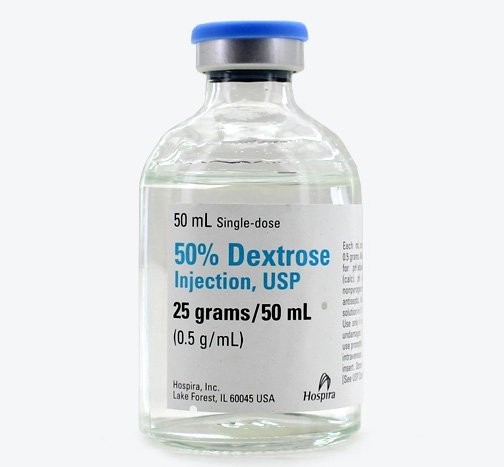The nurse is instructing the client on frequent sensations experienced when a contrast agent is injected into the body during diagnostic studies. Which sensation is most common?
A warm sensation.
Light-headedness.
Heart palpitations.
Chills.
The Correct Answer is A
A warm sensation. The most common sensation experienced when a contrast agent is injected into the body during diagnostic studies is a warm sensation, as the contrast agent causes a temporary increase in blood flow to the injected area.
Option B, Light-headedness, is not the most common sensation experienced during diagnostic studies with contrast agents.
Option C, Heart palpitations, are not common sensations experienced during diagnostic studies with contrast agents.
Option D, Chills, are not common sensations experienced during diagnostic studies with contrast agents.
Nursing Test Bank
Naxlex Comprehensive Predictor Exams
Related Questions
Correct Answer is A
Explanation
The client takes furosemide with the evening medications. Nocturia, or the need to wake up at night to urinate, can be caused by various factors. In this case, the client's medication, furosemide, is a diuretic that can increase urine output and cause nocturia. The other choices do not explain the cause of the client's nocturia.
Correct Answer is D
Explanation
A blood glucose reading of 48 is considered low and requires immediate intervention to raise the client's blood sugar. Intravenous dextrose solution is the fastest way to raise blood sugar levels in an unconscious client. Glucagon and cortisone can also be used to raise blood sugar levels, but they are not the first-line treatment for hypoglycemia.
Choice A, orange juice, is not appropriate for an unconscious client as they cannot swallow or drink.

Whether you are a student looking to ace your exams or a practicing nurse seeking to enhance your expertise , our nursing education contents will empower you with the confidence and competence to make a difference in the lives of patients and become a respected leader in the healthcare field.
Visit Naxlex, invest in your future and unlock endless possibilities with our unparalleled nursing education contents today
Report Wrong Answer on the Current Question
Do you disagree with the answer? If yes, what is your expected answer? Explain.
Kindly be descriptive with the issue you are facing.
